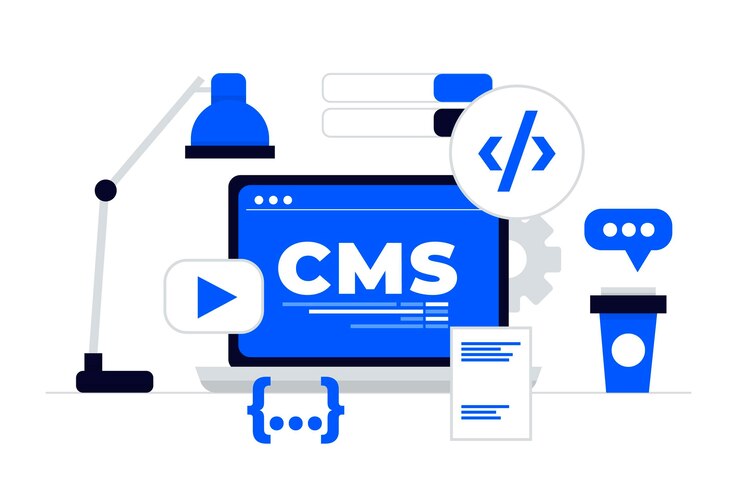Headless CMS: The Future of Content Management
The evolution of content management systems (CMS) is transforming how businesses deliver digital experiences. Among the most revolutionary advancements is the rise of headless CMS. Unlike traditional CMS platforms, which couple the backend (content management) with the frontend (presentation layer), headless CMS decouples these components, offering unparalleled flexibility and scalability.
So, why is headless CMS considered the future of content management?
Omnichannel Delivery: In today’s multi-device world, content needs to be accessible on websites, mobile apps, smart devices, and even virtual reality platforms. A headless CMS enables content delivery to any digital endpoint through APIs, ensuring consistency across all channels.
Developer-Friendly: With the freedom to use any frontend technology, developers are not confined to the templates and frameworks of traditional CMS platforms. This allows for greater creativity and faster implementation.
Enhanced Performance: Since the backend and frontend are independent, content can be delivered more efficiently. This separation often leads to faster load times and improved user experiences.
Future-Proofing: Technology evolves rapidly. Headless CMS platforms are designed to integrate with new tools and technologies seamlessly, ensuring long-term adaptability.
Scalability: Businesses can scale their digital presence without worrying about limitations imposed by a monolithic CMS. The decoupled nature of headless CMS makes it easier to manage and distribute large volumes of content.
Despite its advantages, headless CMS does have challenges. Non-technical users may find it less intuitive, and initial implementation can require more development resources. However, the benefits often outweigh these drawbacks, especially for businesses seeking to stay ahead in the digital era.
In conclusion, headless CMS represents a paradigm shift in content management. By decoupling the backend from the frontend, it empowers businesses to deliver dynamic, scalable, and future-ready digital experiences.




